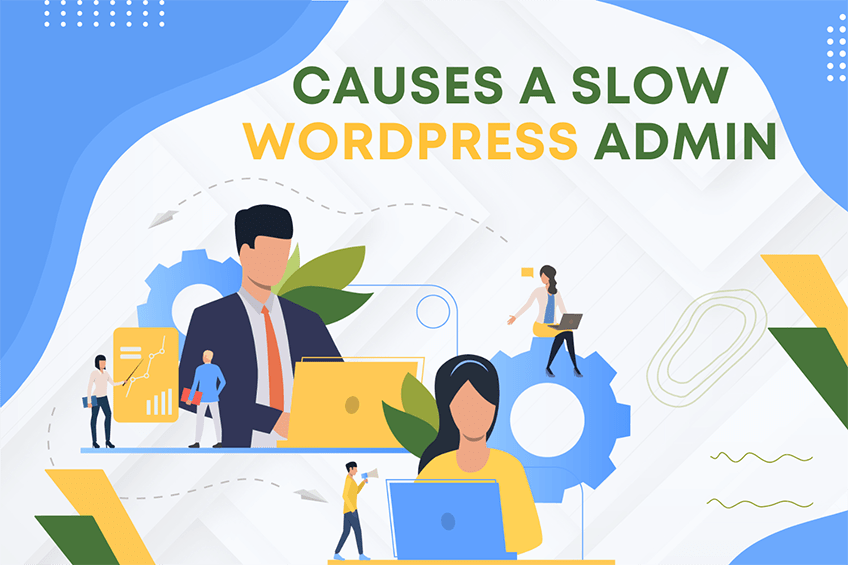This website uses cookies so that we can provide you with the best user experience possible. Cookie information is stored in your browser and performs functions such as recognising you when you return to our website and helping our team to understand which sections of the website you find most interesting and useful.
lostpassword_user_data filter
Allows, for example, custom validation using data other than username or email address.
To use the lostpassword_user_data filter, first you have to register it using add_filter. You can write this code into functions.php of your activated theme or in a custom WordPress Plugin.
We at WePlugins always prefer to create a custom WordPress Plugin while using hooks so nothing breaks when you update your WordPress Theme in the future.
In the below live example, we have defined a function weplugins_modify_lostpassword_user_data_defaults which takes 2 parameters and we registered using add_filter. The first parameter lostpassword_user_data is the name of the hook, the second parameter weplugins_modify_lostpassword_user_data_defaults is the name of the function which needs to be called, the third parameter is the priority of calling the hook if the same hook is used multiple times and the last parameter is the number of arguments (if any) to be passed in the registered function.
Sometimes, you have to remove a registered hook so you can use remove_filter to remove the lostpassword_user_data filter.
Parameters
- $user_data : (WP_User|false) WP_User object if found, false if the user does not exist.
- $errors : (WP_Error) A WP_Error object containing any errors generated by using invalid credentials.
Below are the 2 parameters required to use this hook.
Live Example
apply_filters( 'lostpassword_user_data', WP_User|false $user_data, WP_Error $errors )
Below is an example of how you can use this hook.
Example 1: Modifying user data on lost password
This example demonstrates how to modify the user data when a lost password request is made.
function weplugins_modify_lostpassword_user_data_defaults($user_data, $errors) {
// Update the $user_data variable according to your website requirements and return this variable. You can modify the $user_data variable conditionally too if you want.
return $user_data;
}
// add the filter
add_filter( "lostpassword_user_data", "weplugins_modify_lostpassword_user_data_defaults", 10, 2 );
Example 2: Removing the hook callback
To remove a hook callback, use the example below.
remove_filter( "lostpassword_user_data", "weplugins_modify_lostpassword_user_data_defaults", 10, 2 );
Please make sure to provide the same callback function name, priority and number of arguments while removing the hook callback.
Example 3: Custom validation using additional data
In this example, we perform custom validation using data other than the username or email address.
function weplugins_custom_validation_lostpassword_user_data($user_data, $errors) {
if (some_custom_condition($user_data)) {
$errors->add('custom_error_code', __('Custom error message', 'textdomain'));
}
return $user_data;
}
add_filter('lostpassword_user_data', 'weplugins_custom_validation_lostpassword_user_data', 15, 2);
Contact Us
If you need customization or any help with using this hook, please Contact Us.
Explore the latest in WordPress
Trying to stay on top of it all? Get the best tools, resources and inspiration sent to your inbox every Wednesday.




